The Ultimate Guide to Ice Climbing in the Adirondacks
Ice climbing in the Adirondacks is an exhilarating experience that beckons outdoor enthusiasts to conquer icy heights and embrace the challenge of vertical frozen waterfalls. The Adirondack Mountains, with their rugged terrain and icy cascades, provide a playground for climbers seeking adrenaline-pumping adventures amidst stunning natural beauty. Whether you're a seasoned climber or a novice looking to test your limits, the Adirondacks offer a diverse range of ice climbing opportunities that cater to all skill levels.
Imagine standing at the base of a towering ice wall, the crisp mountain air filling your lungs as you prepare to ascend into a frozen world of shimmering ice formations. As you swing your ice axe and kick your crampons into the icy surface, each movement propels you higher, closer to the summit. The thrill of conquering nature's icy sculptures and the sense of accomplishment as you reach the top are unparalleled in the world of outdoor adventures.
Ice climbing in the Adirondacks is not just about the physical challenge; it's also a journey of self-discovery, resilience, and camaraderie. The bonds formed with fellow climbers as you navigate frozen landscapes and conquer shared obstacles create lasting memories and forge friendships that extend beyond the icy cliffs. The Adirondack ice climbing community is a tight-knit group of individuals united by their passion for the sport and their love for the mountains.
Before embarking on your ice climbing expedition in the Adirondacks, it's essential to familiarize yourself with the best climbing spots, gear requirements, safety protocols, and advanced techniques to ensure a safe and successful climb. This ultimate guide aims to equip you with all the information you need to make the most of your ice climbing adventure in the Adirondacks, from historical insights to practical tips and environmental stewardship.
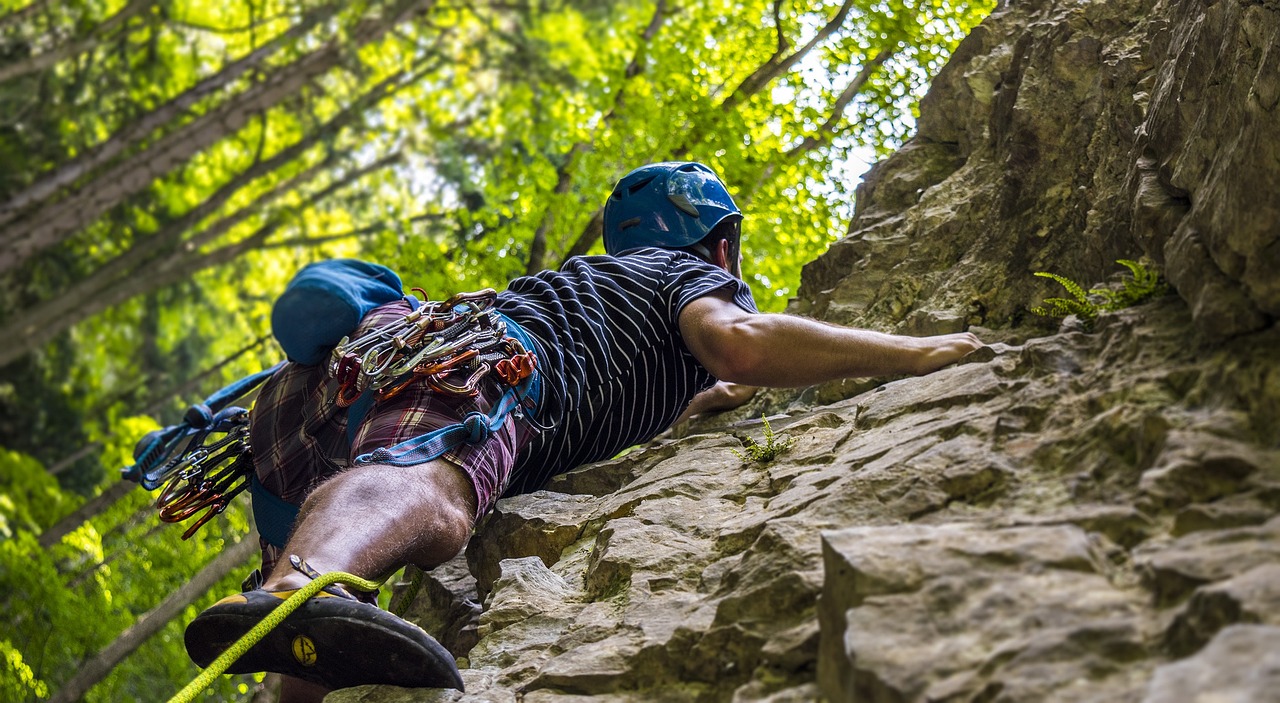
History of Ice Climbing in the Adirondacks
Ice climbing in the Adirondacks has a rich history that dates back to its early beginnings, attracting adventurers and climbers from around the world. The Adirondack Mountains offer a unique terrain for ice climbing, with frozen waterfalls and challenging ice formations that have captivated climbers for decades. The history of ice climbing in the Adirondacks is a tale of exploration, innovation, and passion for the vertical world.
Early pioneers of ice climbing in the Adirondacks laid the foundation for the sport, discovering new routes and pushing the limits of what was thought possible on ice. These daring individuals braved the elements and unknown terrain, setting the stage for future generations of climbers to follow in their footsteps. Their legacy lives on in the classic ice routes that still attract climbers today.
As the sport of ice climbing evolved, the Adirondacks became a hub for climbers seeking adventure and challenge. Popular climbing routes like Chapel Pond, Cascade Pass, and Poke-O-Moonshine emerged as iconic destinations for ice climbers, offering a variety of difficulty levels and stunning views of the surrounding wilderness. These spots have become legendary among the climbing community, drawing climbers of all skill levels to test their abilities on the frozen walls.
The history of ice climbing in the Adirondacks is a testament to the spirit of exploration and the thrill of conquering nature's frozen wonders. From humble beginnings to modern-day adventures, the Adirondacks continue to inspire climbers to push their limits and embrace the beauty of the icy vertical world.

Best Ice Climbing Spots in the Adirondacks
Embark on an exhilarating ice climbing journey in the Adirondacks, where nature's icy formations create a playground for adventurers seeking a challenge. Among the vast wilderness of the Adirondack Mountains lie some of the best ice climbing spots that promise both thrills and stunning views.
Cascade Pass stands out as one of the premier ice climbing destinations in the Adirondacks, offering a variety of routes suitable for climbers of different skill levels. The cascading ice formations provide a picturesque backdrop as you conquer the icy walls with skill and determination.
Chapel Pond is another gem for ice climbers, known for its challenging routes and breathtaking scenery. Nestled amidst the serene beauty of the Adirondack High Peaks, Chapel Pond offers a mix of technical climbs and icy challenges that will test your abilities and push your limits.
For those seeking a more secluded and rugged experience, Poke-O-Moonshine presents a unique ice climbing opportunity. The remote location and diverse terrain make Poke-O-Moonshine a favorite among experienced climbers looking for a true wilderness adventure.
Each of these top ice climbing spots in the Adirondacks offers a distinct experience, from the adrenaline-pumping ascents to the awe-inspiring vistas that await at the summit. Whether you're a beginner or a seasoned climber, these destinations provide the perfect setting to hone your skills and immerse yourself in the beauty of winter.
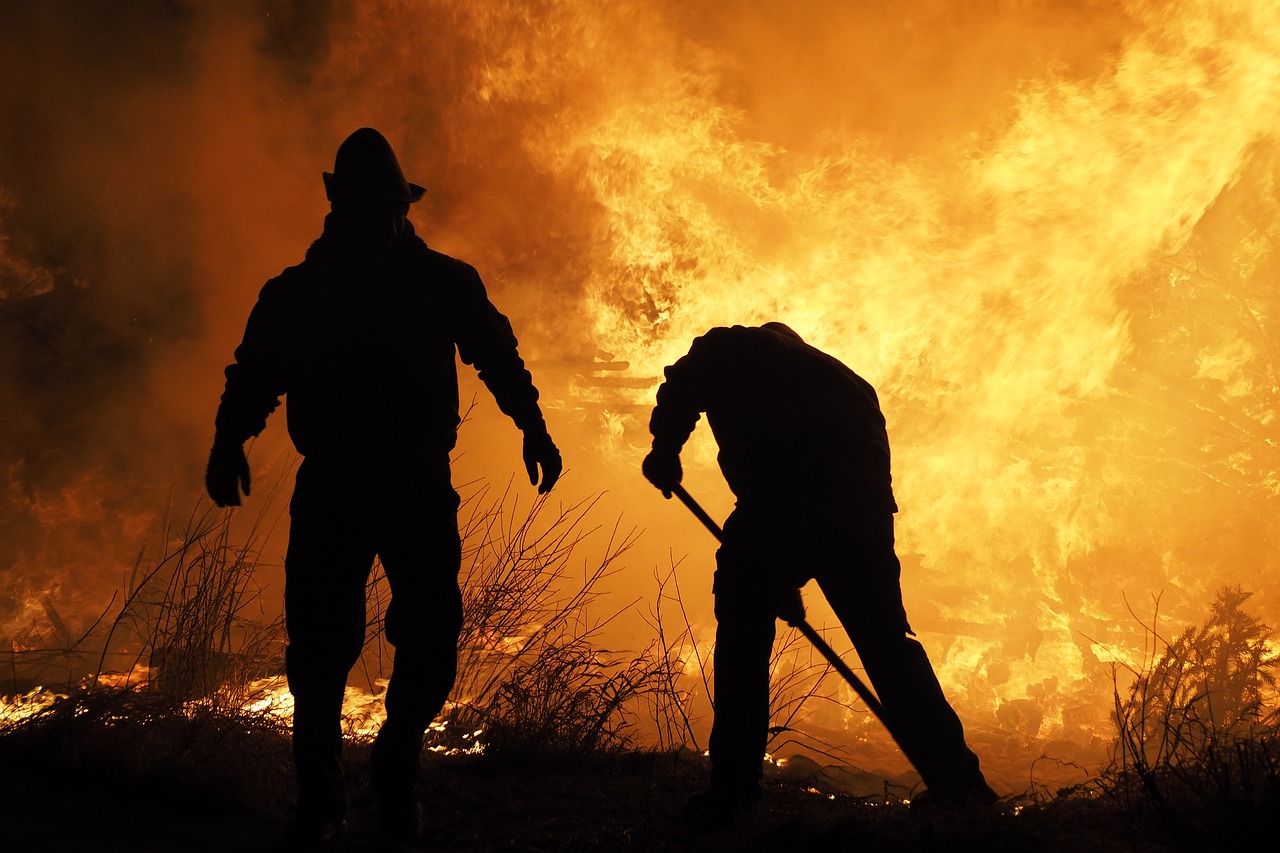
Essential Ice Climbing Gear
When it comes to ice climbing, having the right gear can make all the difference between a successful ascent and a challenging one. Essential ice climbing gear includes specialized equipment designed to keep you safe and secure as you navigate frozen terrain. One of the most crucial pieces of gear for ice climbing is the ice axe, which provides stability and support while ascending icy slopes. Additionally, crampons are essential for gaining traction on slippery surfaces, allowing you to move confidently across ice and snow.
Another important piece of equipment for ice climbing is a helmet to protect your head from falling ice and rock debris. A sturdy and well-fitted helmet can prevent serious injuries in the event of a fall or impact. Additionally, harnesses are vital for securing yourself to the rope and providing support during climbs. Properly fitting harnesses distribute weight evenly and offer peace of mind while scaling vertical ice walls.
Understanding how to use and maintain your ice climbing gear is essential for a safe and successful climb. Regularly inspecting your equipment for any signs of wear or damage can prevent accidents and ensure that your gear functions properly when you need it most. Proper storage and maintenance of gear such as ice axes, crampons, helmets, and harnesses can extend their lifespan and keep you safe on the ice.

Ice Climbing Safety Tips
When it comes to ice climbing, safety should always be a top priority. The icy terrain presents unique challenges that require careful preparation and awareness. One of the essential safety tips for ice climbing is to assess the ice conditions before starting your climb. Look for signs of cracks, hollow sounds, or discolored ice that could indicate instability. It's crucial to have a solid understanding of the ice quality to avoid potential hazards.
Proper belaying techniques are another key aspect of ice climbing safety. Ensure that you and your climbing partner are proficient in belaying to prevent falls and minimize risks. Clear communication and coordination are essential during belaying to maintain a safe climbing environment. Additionally, always double-check your gear and harnesses before starting your climb to avoid any equipment failures.
Weather conditions can change rapidly in the mountains, so it's vital to be prepared for unexpected changes while ice climbing. Keep an eye on the forecast and be ready to adjust your plans accordingly. Dress in layers to stay warm and dry, and pack extra clothing in case of emergencies. Always carry a first aid kit and know how to handle common injuries that may occur during ice climbing.
Managing risks is an integral part of ice climbing safety. Evaluate the terrain and potential hazards before starting your climb. Be cautious around ice formations that may be unstable or prone to collapse. Stay alert and focused throughout your climb, and be prepared to make quick decisions in case of emergencies. It's essential to have a clear escape plan in mind and to communicate with your climbing partners effectively.
Lastly, never underestimate the importance of proper training and experience in ice climbing. Take the time to develop your skills and knowledge of climbing techniques before tackling challenging routes. Participate in training programs, workshops, and guided climbs to enhance your abilities and confidence on the ice. Remember, safety should always come first to ensure a successful and enjoyable ice climbing experience.

Training and Preparation for Ice Climbing
Training and preparation are crucial aspects of ice climbing, requiring both physical and mental readiness. Just like a sculptor meticulously chisels away at a block of marble to reveal a masterpiece, an ice climber must hone their skills to conquer the icy challenges that await. Before embarking on your ice climbing journey, it is essential to build a strong foundation through proper training and preparation.
One fundamental aspect of training for ice climbing is developing your physical strength and endurance. Imagine your body as a finely tuned machine, each muscle working in harmony to propel you up the frozen walls. Engage in activities that target your upper body strength, core stability, and cardiovascular endurance to prepare your body for the demands of ice climbing.
Additionally, mental preparation plays a significant role in ice climbing success. Picture yourself standing at the base of a towering ice formation, the adrenaline coursing through your veins as you prepare to ascend. Mental focus, determination, and problem-solving skills are essential components of a successful ice climber. Practice visualization techniques, mental rehearsal, and mindfulness to cultivate a strong mental mindset for your climbs.
Furthermore, familiarize yourself with the technical aspects of ice climbing, including proper equipment usage, knot tying, and belaying techniques. Just as a skilled chef meticulously selects the finest ingredients for a gourmet dish, an ice climber must master the tools of the trade to ensure a safe and efficient climb. Attend workshops, seek guidance from experienced climbers, and practice your skills in controlled environments to build confidence in your abilities.
As you embark on your ice climbing training journey, remember that patience and perseverance are key virtues. Rome wasn't built in a day, and neither will your ice climbing skills reach their peak overnight. Embrace the challenges, learn from your mistakes, and celebrate your victories along the way. With dedication, determination, and a dash of courage, you'll be well on your way to conquering the icy heights of the Adirondacks.
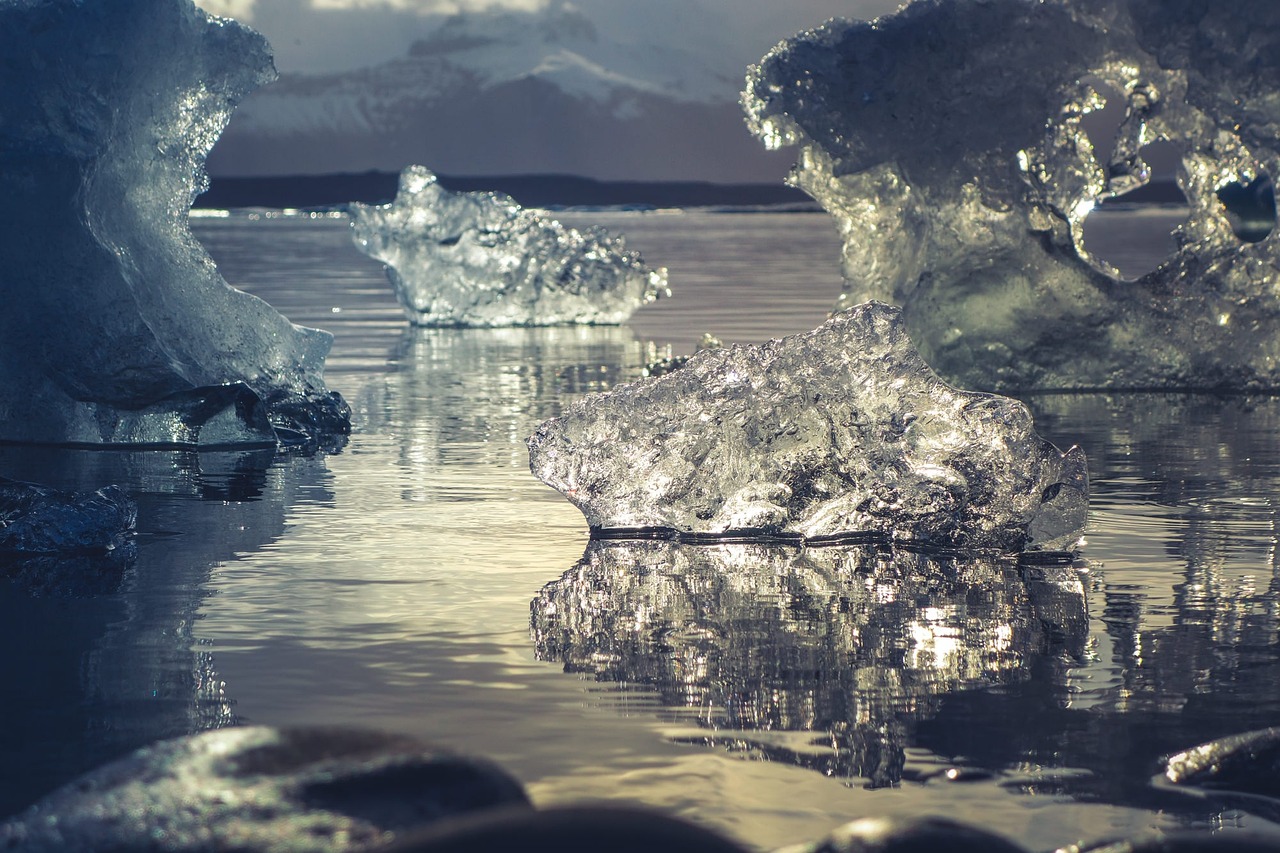
Advanced Ice Climbing Techniques
When it comes to ice climbing, mastering advanced techniques can take your climbing skills to new heights. One of the key techniques to focus on is front-pointing, where climbers use the front spikes of their crampons to gain traction on steep ice. This method allows for secure foot placements and efficient movement up vertical ice walls.
Another valuable technique in the ice climber's toolkit is hooking, which involves using the pick of the ice axe to hook onto features in the ice. By hooking onto small edges or pockets, climbers can pull themselves up and make progress on challenging sections of the climb.
Dry tooling is a technique that combines rock climbing moves with ice climbing equipment. Climbers use their ice tools on dry rock surfaces to navigate sections where there is limited ice coverage. This technique requires precision and strength to effectively move between rock and ice elements.
Mastering these advanced ice climbing techniques requires practice, patience, and a willingness to push your limits. By incorporating these skills into your climbing repertoire, you can tackle more difficult routes with confidence and precision.
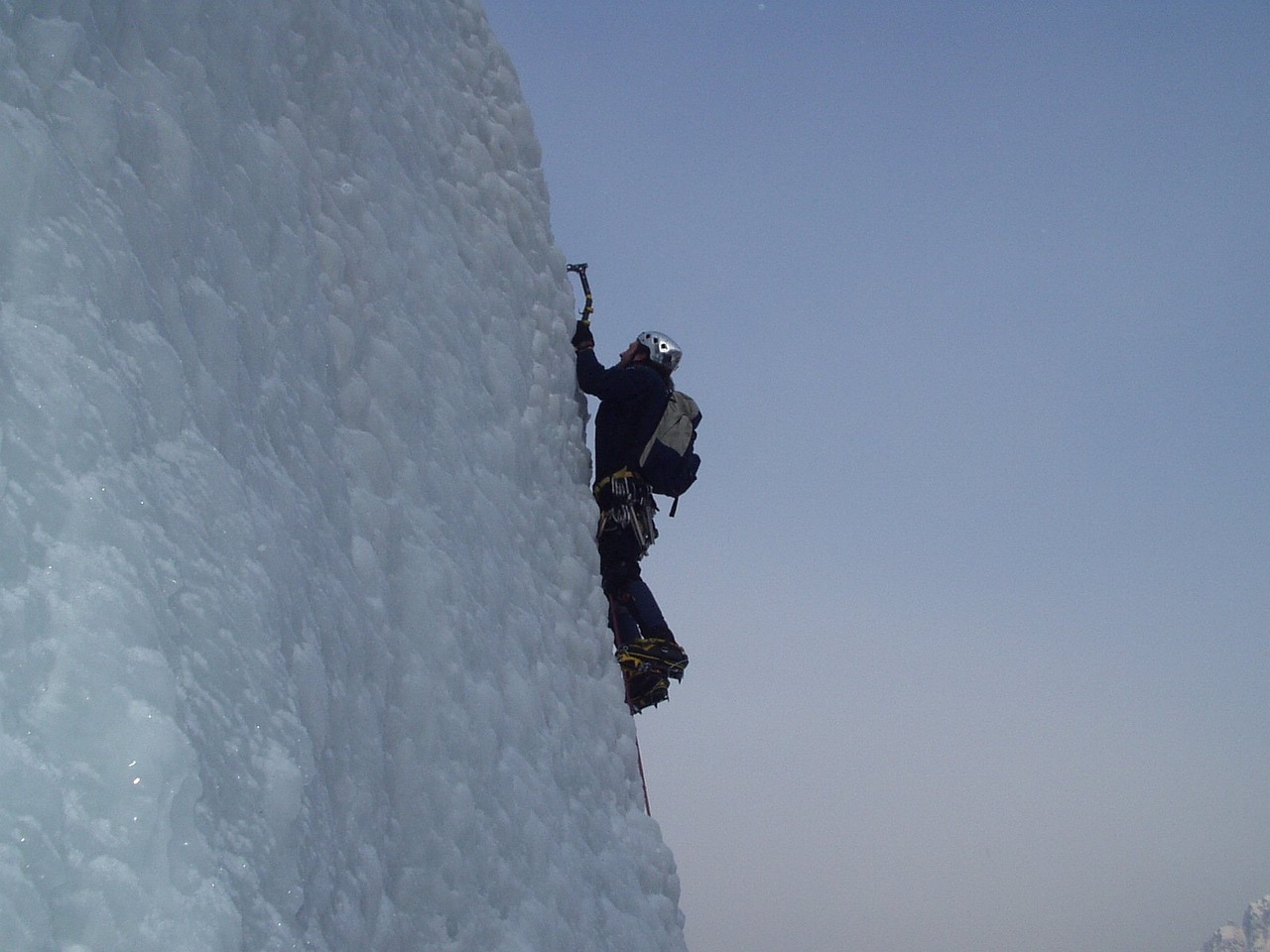
Environmental Conservation in Ice Climbing
When engaging in the exhilarating sport of ice climbing in the Adirondacks, it is crucial to prioritize environmental conservation to preserve the pristine beauty of these natural landscapes. Ice climbers play a vital role in ensuring the sustainability of the environment by following responsible practices and minimizing their impact on the delicate ecosystem.
One of the fundamental principles of environmental conservation in ice climbing is adhering to the Leave No Trace guidelines. These guidelines emphasize the importance of leaving the climbing area as you found it, without disturbing the flora and fauna or leaving any traces of your presence behind. By following these principles, climbers can contribute to the preservation of the environment for future generations to enjoy.
Minimizing erosion and soil compaction is another essential aspect of environmental conservation in ice climbing. Climbers should be mindful of their impact on the terrain and avoid trampling on vegetation or disturbing wildlife habitats. By staying on designated trails and using established climbing routes, climbers can help protect the fragile ecosystem of the Adirondacks.
Additionally, proper waste management is crucial for environmental conservation during ice climbing expeditions. Climbers should pack out all trash, including food wrappers, water bottles, and any other waste generated during their climb. Leaving no trace of human presence ensures that the natural beauty of the Adirondacks remains unspoiled.
Furthermore, climbers can contribute to environmental conservation efforts by participating in organized clean-up events and conservation projects. By volunteering their time to remove litter, maintain trails, and restore natural habitats, climbers can make a positive impact on the environment and foster a sense of stewardship for these precious outdoor spaces.
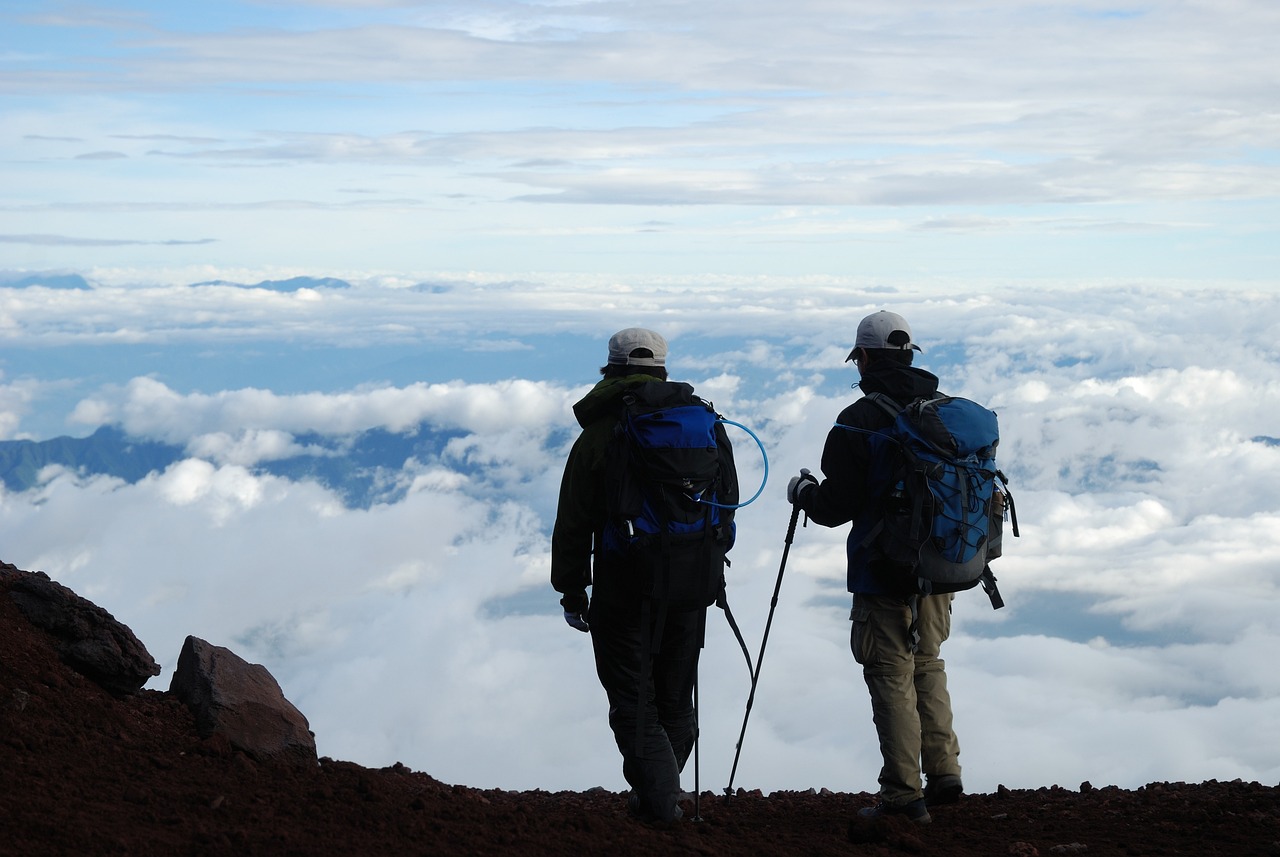
Community and Events in Adirondack Ice Climbing
When it comes to ice climbing in the Adirondacks, the sense of community and camaraderie among climbers is truly special. The Adirondack ice climbing community is vibrant and welcoming, offering a supportive environment for climbers of all levels. Whether you are a beginner looking to learn the ropes or a seasoned climber seeking new challenges, you will find a community that shares your passion for the sport.
Throughout the year, various events and gatherings take place in the Adirondacks, bringing climbers together to celebrate their love for ice climbing. From ice climbing festivals to workshops and skills clinics, there are plenty of opportunities to connect with like-minded individuals and learn from experienced climbers. These events not only provide valuable knowledge and training but also foster a sense of belonging within the ice climbing community.
Local organizations play a crucial role in organizing community events and promoting safe climbing practices in the Adirondacks. By getting involved with these organizations, you can contribute to the preservation of climbing areas, participate in conservation efforts, and stay informed about the latest developments in the ice climbing community. Engaging with these groups allows you to give back to the climbing community and make a positive impact on the environment.
One of the highlights of the ice climbing season in the Adirondacks is the annual Adirondack Mountainfest, a premier event that brings together climbers from across the region for a weekend of climbing, camaraderie, and adventure. The Mountainfest features guided climbs, gear demos, social gatherings, and evening presentations by renowned climbers, making it a must-attend event for ice climbing enthusiasts.
Whether you are looking to meet new climbing partners, hone your skills, or simply immerse yourself in the vibrant ice climbing community of the Adirondacks, there are plenty of opportunities to connect with fellow climbers and share unforgettable experiences on the ice.
Frequently Asked Questions
- What is ice climbing?
Ice climbing is a challenging outdoor activity that involves ascending ice formations using specialized equipment such as ice axes, crampons, and harnesses. It combines elements of rock climbing and mountaineering, requiring strength, skill, and endurance.
- Is ice climbing dangerous?
Ice climbing can be dangerous due to the unpredictable nature of ice formations and changing weather conditions. However, with proper training, equipment, and adherence to safety protocols, the risks can be minimized. It is essential to always climb with experienced partners and be prepared for emergencies.
- What gear do I need for ice climbing?
Essential gear for ice climbing includes ice axes, crampons, helmets, harnesses, ropes, and specialized clothing. It is crucial to invest in high-quality gear that is properly maintained to ensure safety during climbs. Additionally, carrying emergency supplies such as first aid kits and communication devices is recommended.
- How can I prepare for my first ice climbing experience?
To prepare for your first ice climbing adventure, consider taking a course with certified instructors to learn basic techniques and safety procedures. Focus on building your physical strength, endurance, and mental resilience. Practice proper climbing and belaying techniques in a controlled environment before attempting outdoor climbs.
- What are some common challenges faced by ice climbers?
Ice climbers often encounter challenges such as unstable ice conditions, inclement weather, difficult route finding, and physical exhaustion. Overcoming these challenges requires patience, problem-solving skills, and the ability to adapt to changing circumstances. Building experience through consistent practice and learning from experienced climbers can help mitigate these obstacles.



















